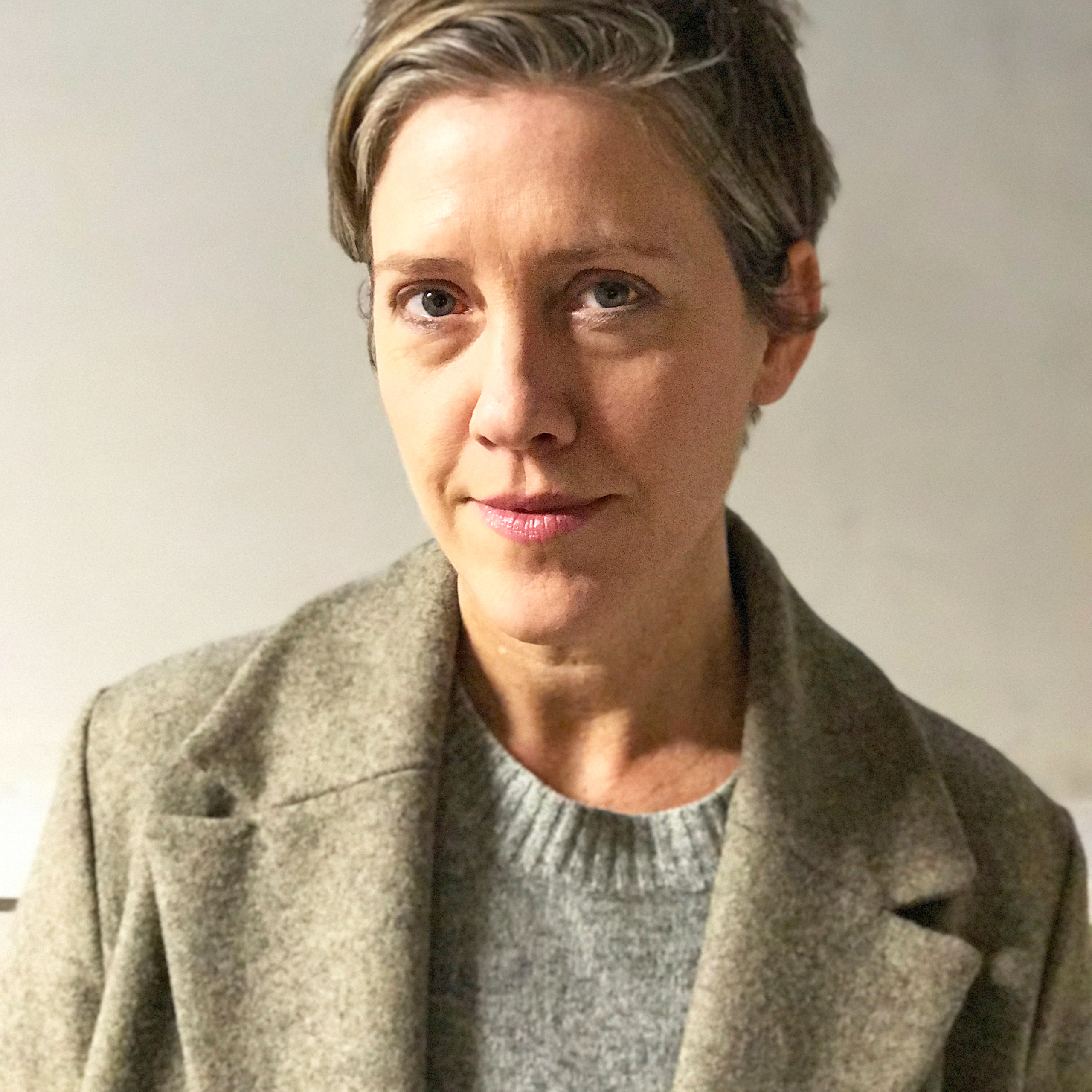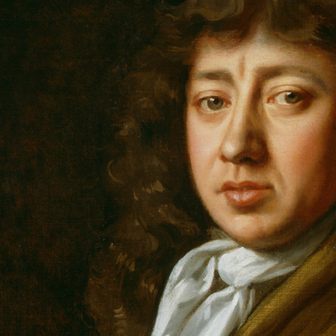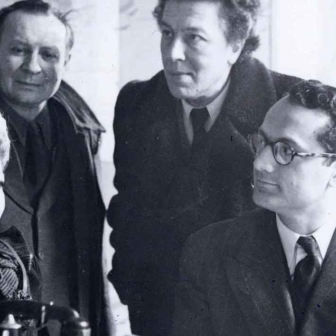Johanna Ekström was a Swedish poet, fiction writer and visual artist who died at the early age of fifty-one after a melanoma was discovered in her right eye too late to prevent it spreading to her liver. Sigrid Rausing, her best friend since high school and an author herself, was her publisher — the publisher now of Granta Books and Granta magazine.
Needless to say, the journal Ekström started writing two and a half years before her untimely death tells a very sad story. Annotated by Rausing and now published as And the Walls Became the World All Around, it also has moments of great beauty and insight. Where it differs from similar stories is in its two distinct voices — those of Ekström, the protagonist, and Rausing, our interlocutor. If I were given to classifying, I’d call it a paean to friendship.
When Ekström started keeping her journal she was in a difficult relationship with N, a man, we learn, afflicted with depression. Not only that, the couple lived in different cities and had been isolated by the pandemic. Johanna lived in Stockholm with her daughter T, who was thirteen at the time of her mother’s death. Sigrid lives in London and, when the quarantines eased, Johanna and T stayed with her over Christmas. We never learn where N lived — he’s only physically present as Johanna nears death.
Covid permitting, T spent time with her father and his son, her half-brother. Joanna loved T deeply but, as for many a mother and growing daughter, theirs was a spiky relationship. But apart from N, who’s a constant in Johanna’s journal, these people step very lightly through its pages, and we learn next to nothing even about N, other than the pain he was causing her.
We learn a great deal, however, about Ekström in Rausing’s introduction. In some ways Ekström is more alive to us here than in her journal. Here, as Sigrid describes her, is Johanna in the throes of her illness:
Johanna remained who she was — funny, realistic, and without a trace of self-pity. She would talk about her tumours almost with tenderness, holding her hand against her swollen liver as she talked, and I thought of her extraordinary capacity to give everything space. To not censor or deny whatever she, or we, wished did not exist.
She goes on to explain that their friendship had been nourished over the years by their mutual interest in “reading, writing and psychoanalysis.”
Now let it be said that many writers, me included, have been drawn to psychoanalysis at one stage or another — either to get through a thorny stage in our lives or because of its intriguing insights into human behaviour. Or, when you get right down to it, perhaps it’s because of our writerly involvements with symbolism and metaphor, and their connections with dreams. Jung or Freud, take your pick; both have their attractions. The question here is the extent of psychoanalysis’s effect on our writing, particularly in the case of journal writing. We’re all at risk, as James Joyce once famously quipped, of being “Jung and easily Freudened.”
Johanna Ekström was also “the child of writers,” as Rausing explains. Both her parents were at the centre of the Stockholm literary scene: her father at one stage president of PEN International, her mother a respected short-story writer and translator. After they eventually separated, as Rausing informs us, “Johanna made her way from anorexia via the disco scene into writing, debuting with a well-regarded collection of poetry aged twenty-two.” As it turned out, she was amazingly prolific, publishing fifteen books of poetry, short stories, novels and non-fiction, as well as being a visual artist.
Somehow, though, not as much of her journal engaged me as I thought, or hoped, it would. I expected the work of a poet, and, yes, much of the prose is poetic. But Ekström’s anxiety about N and her own dream-life fill the first eight notebooks. For this reader anyway, there are too many dreams and far too much introspection and inaction. As hinted above, I blame this on the lure of analysis.
At the same time I worried that my reaction was unfeeling, for I found myself welcoming Rausing’s commentaries and wanting the melanoma that I knew was coming to hurry up and appear — though then, when it finally did, I was, like so many, utterly moved by the tragedy of it.
Life isn’t fair. Given her early output, it’s arguable that Ekström was something of a prodigy. I’ve been watching films and series about prodigies whose deaths interrupted their soaring, unstoppable creativity, as if the very life force allotted them was necessarily expended on it. For the mathematician Svrinivasa Ramanujan, dead at thirty-two, it was hepatic amoebiasis; for Mozart, thirty-five, the cause remains unknown.
Ekström feels a “trembling, “a hint of something.” She begins seeing lights — sprays of “glittering gold” in the corner of her right eye; there’s a salty taste in her mouth, and other portents. “I walk along the sea,” she writes, “walk to the town, wander around, then come back. I sit on seashells and imagine them as eyelids, each one protecting an eye. The vision, extinguished. Everything falling apart. Fate. Desolation. A hunger for fate. Fatefulness.” She visits an optician, who refers her to an oncologist. It is then that she knows it’s a cancer she’d been dealing with.
Birds play a large part in the unfolding. She remembers a childhood fantasy of one sticking its beak into her pupil — a hummingbird “sucking nourishment from my gaze.” There’s a budgerigar, and a falcon eating her liver. Most portentous of all are the black-headed gulls of her dreams.
We owe our love of Mozart’s music to his sister and widow, who kept his correspondence and collected the scores of some 800 of his pieces, including the symphonies and operas. Owing to Harold Hardy, his mentor at Cambridge, Ramanujan’s discoveries now form the basis of new understanding of the workings of our universe. Likewise, if on an admittedly much smaller scale, Joanna Ekström has her champion in Sigrid Rausing, and I suspect we’ll be seeing more of her work in English.
The first writer’s diary I came across was Virginia Woolf’s. It was on the reading list for my Sydney University English course and I remember wondering what the point of it was. But my thinking changed and I started one myself, only to put it aside when I began writing fiction, conserving my energy for that. But in 2007, when my father was dying, I started one in Los Angeles. I’ve kept it up ever since, sketching and jotting down my impressions. It’s more of a record of our time than the repository of feelings my first one was.
Of course, I wonder what will come of it. But if it ends as Ekström’s has, I’ll be happy: “I would like to tell the story of how beautiful it is, life. Of the sky, the birds. The light against the eyelids. But also of how it never quite allows itself to be described, and that it doesn’t matter.” •
And the Walls Became the World All Around
By Johanna Ekström and Sigrid Rausing | Translated from the Swedish by Sigrid Rausing | Granta | $36.99 | 336 pages




